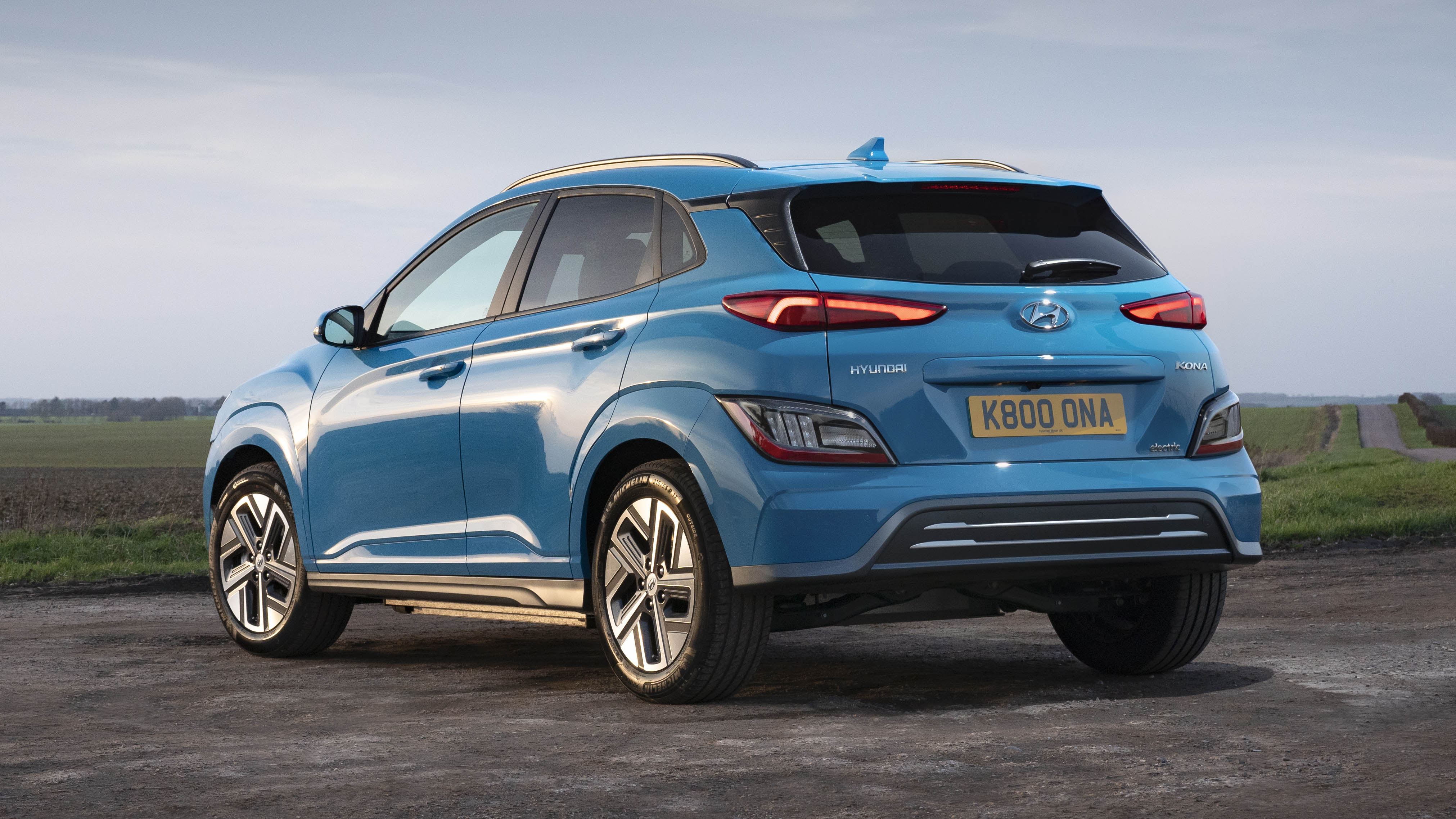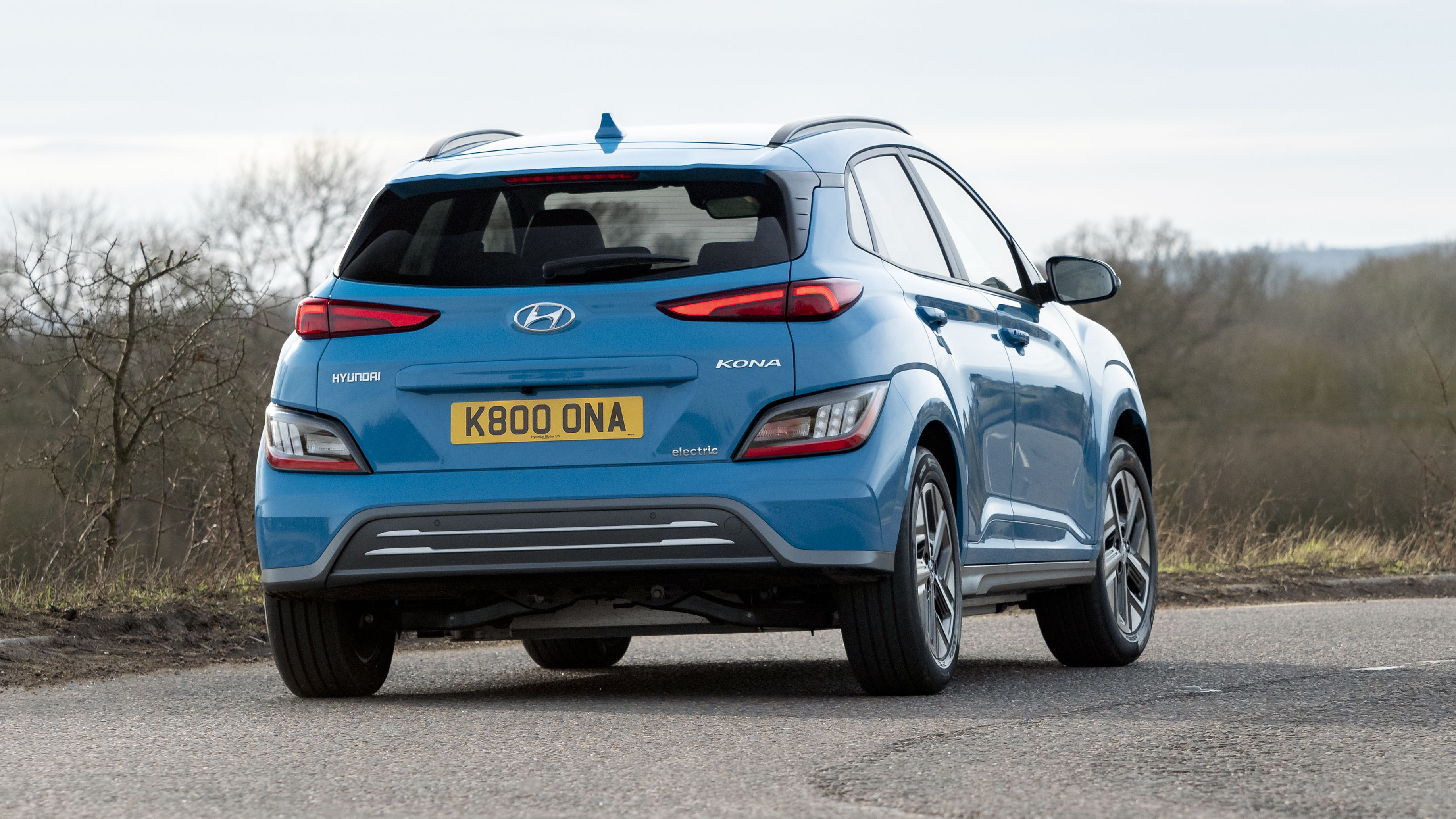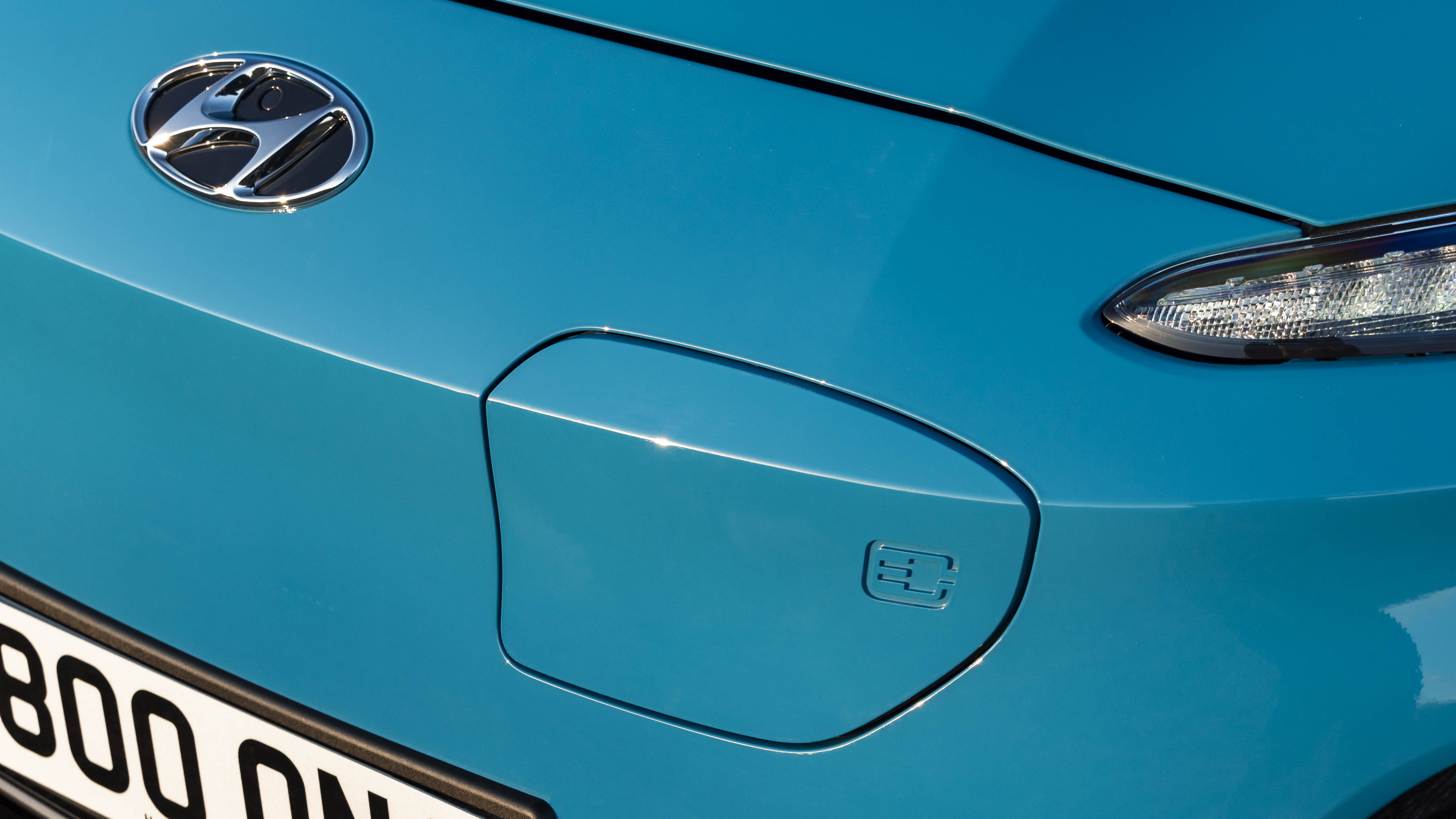
Buying
What should I be paying?
The line-up starts with SE Connect, which is only available with the smaller 39kWh battery. It misses out on some good tech – no heated seats or steering wheel, no LED headlights, no wireless phone charging and no useful head-up display, but with prices starting at £27,950 after the current government grant it really is good value. You still get 17-inch alloys too.
It’s fine, but you’ll want to step up to Premium if you can. Then you can have your pick of the battery options (go with the big 64kWh unit for maximum range and minimal stress), plus almost the full range of tech for not much more money. Top-trim Ultimate (formally Premium SE) is loaded – heated steering wheel, heated AND cooled seats, head-up display, leather seats etc – but pricey at £37,200 with just the 64kWh battery. A top-spec Kona Electric isn’t that much cheaper than an entry-level Tesla Model 3.
All models get loads of safety kit, including front, side and curtain airbags, autonomous emergency braking and lane-keeping assist. The SE misses out on blind-spot detection and the rear cross traffic alert system.
Now, let’s talk charging. All Konas are supplied with two cables – one for a wallbox, the other for a normal three-pin plug. If you have off-street parking you really ought to get a 7kW wallbox. It’s worth it, we promise. Your Hyundai dealer will help you get set up.
It can charge the bigger battery to 100 per cent in a little under ten hours – plug it in when you get home, and it’ll be full by the time you leave for work in the morning – or the small one in a shade over six hours. Meanwhile charging on a three-pin, which Hyundai says is “intended for emergency use only”, takes 28 hours for the 64kWh car and 17 hours for the 39kWh car.
All Hyundais come with a five-year unlimited mileage warranty. The Kona Electric’s battery is warrantied for eight years or 100,000 miles.
Featured

Trending this week
- Car Review
BMW iX3






